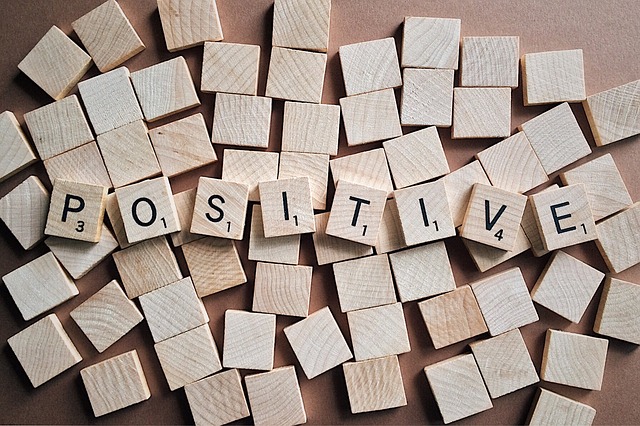Actively cultivating positive emotions is essential in a school environment. We need happiness to go viral.
But do we create the conditions for positivity?
A few of my colleagues come from the ‘every second counts’ school of thought which means that as soon as children enter their classrooms they are bombarded with some sort of challenge, puzzle or poser. This works to a point. It’s good to get everyone in and settled and on task. It can even be motivating for a few but is this the best way to start the day?
As a little experiment, I did something over the course of a term that my colleagues weren’t doing: starting the day with a video. I was aware of some research that said exposing people to mood-enhancing video clips improved their focus and cognitive performance.
Positive emotions affect our cognition and so I was keen to set up an atmosphere of fun and laughter to get children in a feel-good state of mind. The clips varied in length from 30 secs to up to 5 minutes but they all centred on humour, motivation, happiness and being positive.
It was unscientific I know but for me and my class, the clips lifted moods and definitely impacted positively on mindsets and relationships.
There are those that have gone about this more systematically though.
Barbara Fredrickson, a positive psychology researcher, set up an experiment to test the impact of positive emotions on the brain. She divided her research subjects into five groups and showed each group different film clips.
The first two groups were shown clips that created positive emotions: one saw images that created feelings of joy and another saw images that created feelings of contentment.
Group 3 was the control group. They saw images that were neutral and produced no significant emotion. The last two groups were shown clips that created negative emotions: one group saw images that created feelings of fear and another saw images that created feelings of anger.
After watching these clips each participant was asked to imagine themselves in a situation where similar feelings would arise and to write down what they would do. Everyone was given a piece of paper with 20 blank lines that started with the phrase, “I would like to…”
Those who saw images of fear and anger wrote down the fewest responses but the people who saw images of joy and contentment wrote down a significantly higher number of actions that they would take. Essentially what this tells us is that when we experience positive emotions we see more possibilities in our lives.
We really need to up the positivity ratio and we can do that through watching things that make us smile and laugh. When our moods are positive three times more than they are negative we reach a tipping point where we experience an “upward spiral” of positivity. Let’s make sure that we create a 3:1 ratio to help children boost their moods and performance.
